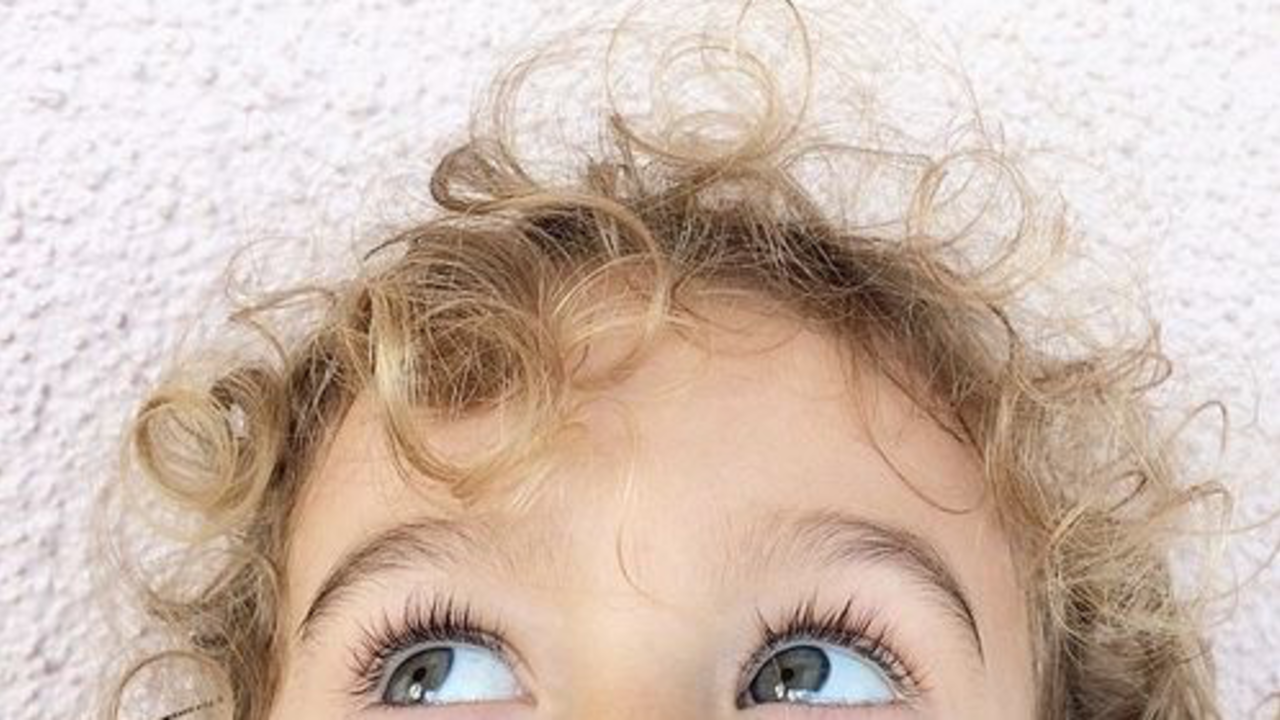LEARNING A SECOND LANGUAGE IS GOOD CHILDHOOD MIND MEDICINE, STUDIES FIND.

Teaching young children how to speak a second language is good for their minds, report two Cornell linguistic researchers.

Learning a second language does not cause language confusion, language delay or cognitive deficit, which have been concerns in the past. In fact, according to studies at the Cornell Language Acquisition Lab (CLAL), children who learn a second language can maintain attention despite outside stimuli better than children who know only one language.
That’s important, say Barbara Lust, a developmental psychology and linguistics expert, professor of human development and director of CLAL, and her collaborator, Sujin Yang, former postdoctoral research associate at the lab, because that ability is “responsible for selective and conscious cognitive processes to achieve goals in the face of distraction and plays a key role in academic readiness and success in school settings.”
In other words, “Cognitive advantages follow from becoming bilingual,” Lust says. “These cognitive advantages can contribute to a child’s future academic success.”
The most effective way to learn a second language, they say, is to put the young child in situations where the second language surrounds them. “We find that children learning a second language in an immersion setting show an overall success rate of grammatical knowledge similar to English monolinguals,” says Yang, now a postdoctoral fellow at the University of Toronto at Scarborough and at York University in Toronto.
And the earlier that a child learns a second language, they say, the more likely the child will more quickly attain native-like language proficiency.
Lust has been exploring language acquisition in young children for more than 30 years, across more than 20 different languages and cultures, studying which aspects of language acquisition are biologically endowed and which are learned, when and how language acquisition begins and how multiple language acquisitions affects cognitive development in children.
“One of the greatest feats of human development is learning a language,” says Lust. It’s remarkable, she says, “how well equipped children are, beginning at birth, to accomplish the complex task of learning a language.”
For five years, Lust has been exploring the effects of bilingualism in young children with Yang, who led a series of studies with children of 3 to 6 years of age and comparison adults. The two have co-authored several papers.
“This collection of multilingualism projects, along with many research results from other labs across the world, affirms that children can learn more than one language, and they will even do so naturally if surrounded by the languages. The mystery of first-language acquisition is intensified when we realize that a child can and does naturally acquire more than one language at once,” says Lust, a founding member of the National Science Foundation-funded Virtual Center for the study of Language Acquisition (VCLA), which integrates research findings from such diverse fields as linguistics, developmental and experimental psychology, and neuroscience from around the country and the world.
In the CLAL, in conjunction with the VCLA and with Yang, Lust and her colleagues are also looking at longitudinal case studies of several young children acquiring English for the first time at 3 years of age through immersion in local nursery schools.
Tips to teach a child a second language
- Surround the child with more than one language through conversations and social groups using different languages; the earlier the better.
- Maintain home (heritage) language when a second language is being learned outside the home.
- Expose children to multilingual settings and give them plenty of opportunities to play with children who speak the second language.
- Provide fun and interactive language-learning environments (e.g., music, dance and film) in both languages, and often with children of similar age.
- Promote reading and storytelling in multiple languages.
- Maintain a positive attitude toward languages and cultures children learn.
This article is written by Susan S. Lang is adapted from the Cornell College of Human Ecology Website and first seen viahttp://www.news.cornell.edu/stories/2009/05/learning-second-language-good-childhood-mind-medicine
Now You're 1 Step Ahead on the Kids Language Adventure - Here's How You Can Keep Going!
2. Join our Free 5 Day Kids Language Challenge.
3. Watch my Free 4 Part Video Series Workshop + Get Confident about Giving Your Kids a Headstart!
✨ Psst... When you're ready, here are a few ways I can help you get started with teaching your kids a foreign language at home...
1. Download my free 10 Page Guide for Parents to help you see how easy introducing a foreign language at home can be - especially if you don't speak the language at all.
2. Want a plan to run consistent language lessons that are fun and easy?
Access your first week of play based foreign language lessons for FREE here, all that's left is to select your language + start today!
3. Looking for a 12 month, step-by-step plan and play based resources to help you introduce a language to your little ones with EASE? Quit scrolling on Pinterest and Join our 12 Month Annual Lesson Bundles to get everything you need to started and KEEP GOING!
GRAB OUR FREE 'KIDS LANGUAGES MADE EASY' GUIDE
FOR NON-NATIVE PARENTS!
Discover how you can run consistent language lessons, that are fun and engaging and help your kids make the progress they deserve!
Even if you're not fluent!
We hate SPAM. We will never sell your information, for any reason.









